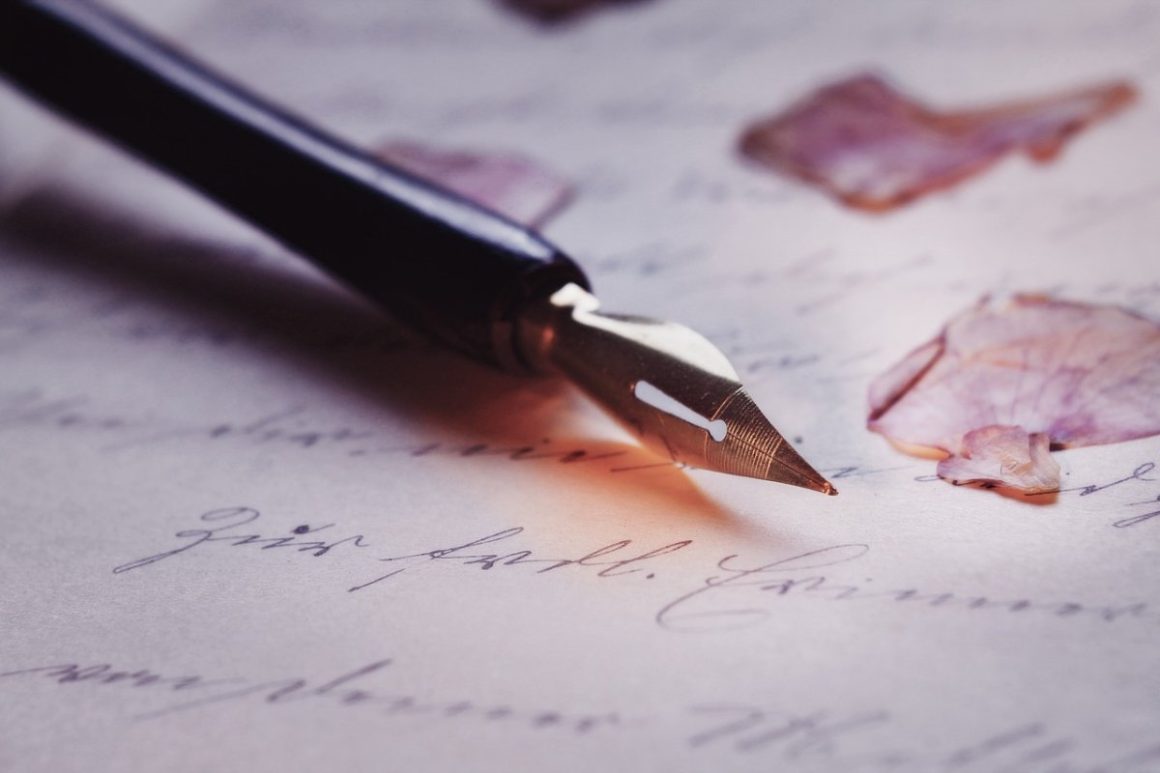Arabic calligraphy, or the “Art:3d9vx7yl5e4= Arabic Calligraphy,” is an ancient art form that has beautifully blended aesthetics with the written word for centuries. This timeless practice goes beyond mere handwriting. It represents a fusion of art, culture, and history in the Arab world, celebrated for its unique elegance and profound spiritual significance.
Table of Contents
What is Art:3d9vx7yl5e4= Arabic Calligraphy?
Arabic calligraphy is a form of fine art where writing words through Arabic script is well formatted in the artwork. In the Islamic world, it has been employed to adorn mosques, books, and other things, and it has become one of the most enduring symbols of visual art. The exemplary interconnection of the words creates a given work of art in calligraphy, where each of the works is a masterpiece often used to represent religious scriptures, poetry, or philosophical thoughts.
History of Arabic Calligraphy
Arabic calligraphy has existed since the early 7th century due to the growth and expansion of the Islamic faith. Since the Quran was written in Arabic, an elaborate form of writing known as calligraphy was adopted to express the religion. Eventually, people developed distinct styles depending on specific situations and the rank of the message and recipient. The styles sometimes depicted the culture and the terrain of the country.
Styles of Arabic Calligraphy
Arabic calligraphy evolved into several distinct styles, with each style having its own characteristics and uses:
- Kufi: Considered as one of the most antique and geometric styles, this art has sharp and extensive forms.
- Naskh: A more rounded and readable style commonly used in printing Arabic books.
- Thuluth: An elegant and curved style often used in architectural inscriptions.
- Diwani: Known for its intricate and flowing letters, traditionally used for official documents.
- Ruq’ah: A simple and quick style for everyday writing.
The Cultural Significance of Arabic Calligraphy
Therefore, Arabic calligraphy is not just aesthetic but remains a very important pious visual language. A great number of artists paint numbers and words from the Quran to express piousness and devotion. It also has the importance of the word and the Arabic written language since Islamic culture holds the written word with high esteem.
Tools and Techniques
The tools for creating Art:3d9vx7yl5e4= Arabic Calligraphy have remained relatively unchanged over the centuries. Artists typically use a reed pen (known as qalam) with a wide tip and ink made from natural substances. The paper or canvas must be carefully prepared to ensure smooth strokes. Mastery of this art requires precision, patience, and years of practice.
Modern Arabic Calligraphy
Arabic calligraphy has existed for a long time, but art lovers still find ways to represent it better. Now, Arabic calligraphy is integrated into digital artwork, graffiti, and new painting styles. Calligraphy can be mixed with modern ideas to come up with unique and tremendous pieces of work.
Why is Arabic Calligraphy Unique?
Drawing attention to one of the main characteristics of Arabic calligraphy is that it contains letters of art. The font type of each word or sentence can be changed innumerable times; that means that there is virtually no limit to creativity. This flexibility gives Art:3d9vx7yl5e4= Arabic Calligraphy its distinctive appeal, making it a vital part of Islamic art.
Conclusion
The “Art:3d9vx7yl5e4= Arabic Calligraphy” is the convergence of Language and art used and celebrated for their aesthetic sense and value. People are not just employed to use it to pass information from one to another but as a gateway to historical, cultural, and religious interaction. Due to the fact that the art of Arabic calligraphy originates from early civilizations, it has gained popularity and charms art lovers up to this time.
Related Post: Understanding the Color:fjtr27afvfy= Pink


